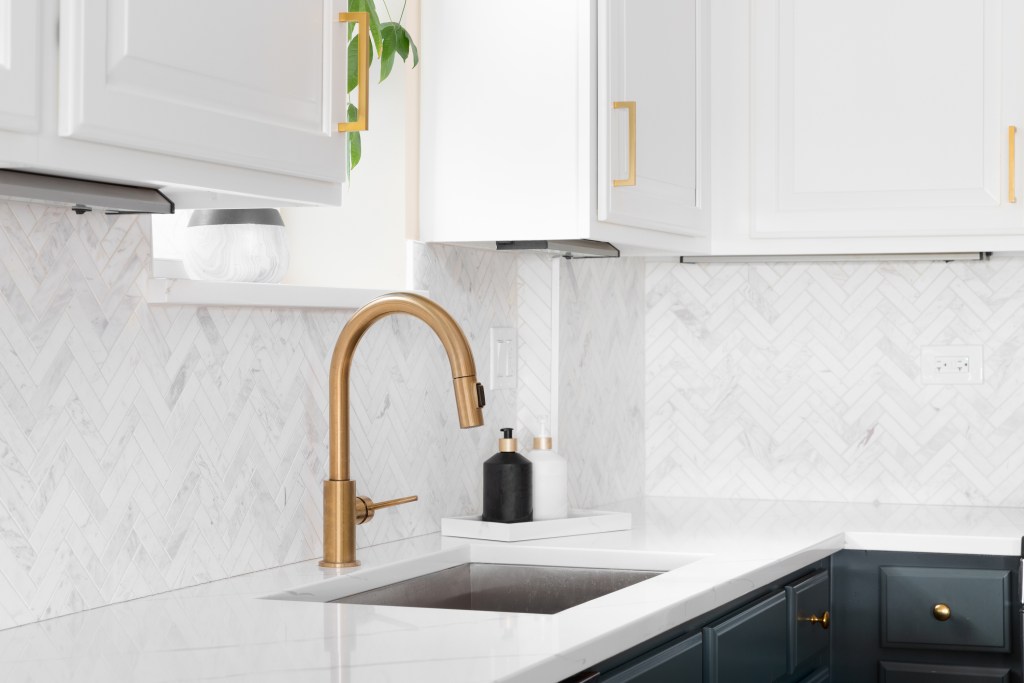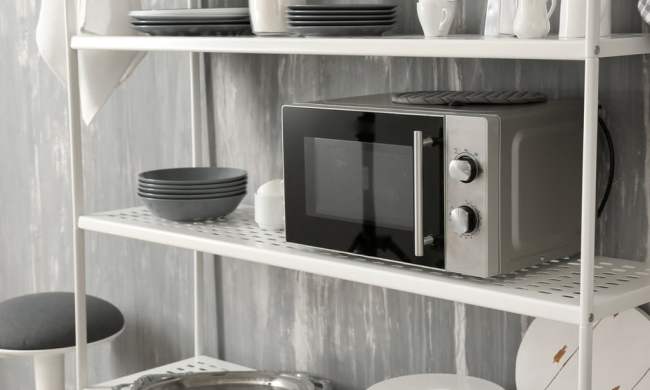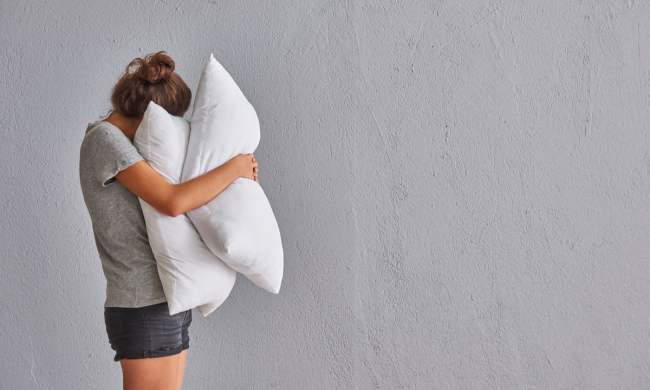
If you’ve seen those pesky, winged insects lingering around your sink drains, it may be time to find a quick solution before you have a full-on infestation. Drain flies can quickly create an annoying situation in the home. So, here are a few simple tips on how to get rid of drain flies for good.
What are drain flies?

Drain flies are small insects, roughly one-sixth of an inch. They’re typically gray and have tiny, rounded wings. Drain flies are usually found in kitchens and bathrooms near drains, hence where they get their name. While these pests are generally harmless to humans, they can be as annoying as fruit flies and gnats when inside the home.
What attracts drain flies to your home?

Drain flies are drawn to moisture, making your drains the perfect place to nest. They thrive in stagnant water and do well in spaces that aren’t used frequently. However, drain flies aren’t just limited to unused drains. Here are some of the most common places where you can find drain flies:
- Shower or bathtub drains
- Leaking pipes
- Refrigerator drip pans
- Slow or clogged drains
- Infrequently used toilets, showers, or sinks
- Kitchen or laundry room sinks
These pesky insects are attracted to bacteria and food debris in drains that haven’t been adequately cleaned or that have been left unattended for some time. It’s common for many homeowners to go on vacation and return home to some new house guests enjoying the unused drains.
How to get rid of drain flies

Drain flies may be harmless, but their presence is still unwanted. If you’re struggling with a newfound drain fly infestation, here are some things you can try to resolve the issue.
Clean your sink or drain
First things first, you’ll want to clean your sinks and drains. Start by cleaning your sinks or tubs as you normally would, and be sure to scrub off any debris. Use a drain snake to unclog any blockages.
Use boiling water
Pouring boiling water down your drains is an effective method of clearing out drain fly nesting grounds. The boiling water will kill and flush away any adult flies in the drains, and often, this is enough to take care of their eggs and larvae as well.
Combine vinegar and baking soda
Another simple method is to combine 1 cup of vinegar with a half-cup of baking soda. Pour the mixture down the drain and allow it to sit overnight. In the morning, pour boiling water down the drain and then run the tap for a minute to clear out any remaining debris or baking soda.
Use a drain cleaner
Alternatively, you can always opt for a specialized drain cleaner. Store-bought drain cleaners will list the instructions on the packaging, so be sure to follow the steps on the label. Also, homeowners with septic tanks should ensure their drain cleaner is compatible with their situation.
Create a vinegar trap
You can create a vinegar trap to catch any lingering adult insects. Add 1 cup of vinegar with a couple of drops of dish soap to a bowl. Cover the bowl with plastic wrap and poke entry holes in the top. Set the bowl by the drain where you see the drain flies lingering, and leave the trap there for a day or two to catch the pests.
Drain flies are a pesky nuisance in our bathrooms and kitchens. Often attracted to smelly or unused drains, these insects can interrupt the peace in our homes. Thankfully, there are several solutions you can try to rid your home of gross drain flies.



